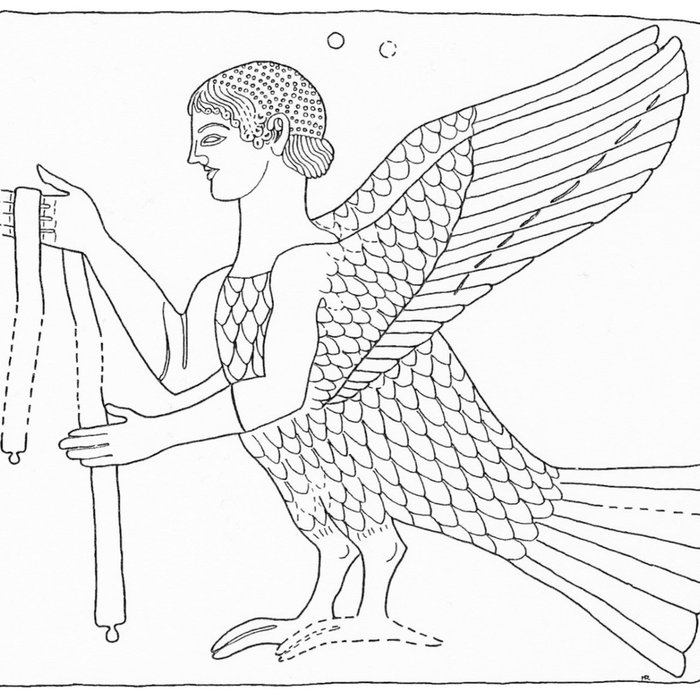Images and Cults in Magna Graecia
Research
-
- AI4CH
- Interdepartmental Research Center on Ancient Medicin (RIMA)
- Interuniversitary Center for Hungarian Studies and for Studies on Central and Eastern Europe (CISUECO)
- Center for Audiovisual Research and Processing (CREA)
- Screenplay Research Center
- Research Center for Languages and Their Applications (CERLA)


Starting from her studies dedicated to the Locrian pinakes (remarkable terracotta boards with reliefs depicting scenes of the myth and cults of Kore-Persephone in Locri Epizephyrii), Marina Rubinich investigates various iconographies connected, in particular, to the cultic sphere by comparing different representation systems within the Greek world (Attic vase painting, archaic western Greek productions, Italiot painting, choroplastic, etc.).
So far, she has analysed the evolution over time of the Sirens, hybrid female creatures with the body of birds which, due to a famous passage of the Odyssey, are known for the fatal power of their bewitching song. Dr. Rubinich is currently working on further studies on objects, gestures and clothes with significant ritual meanings.




